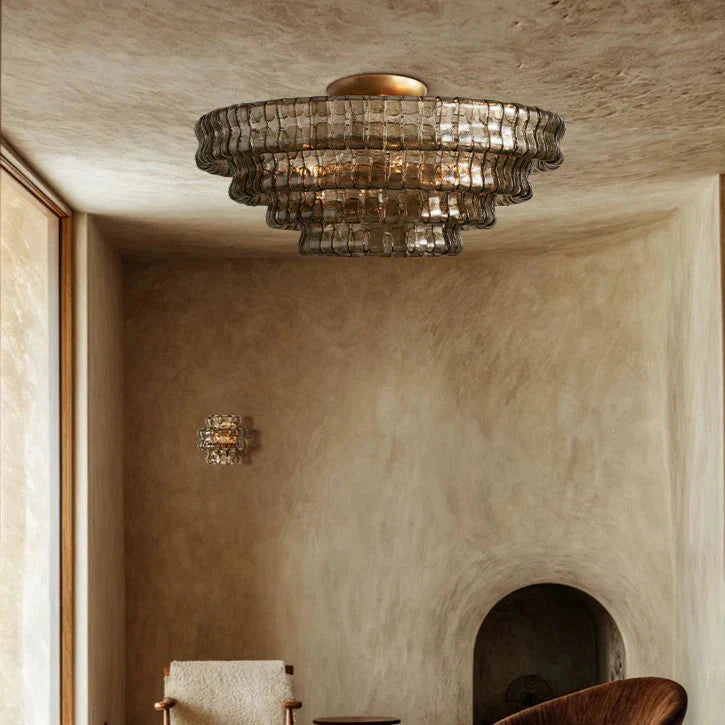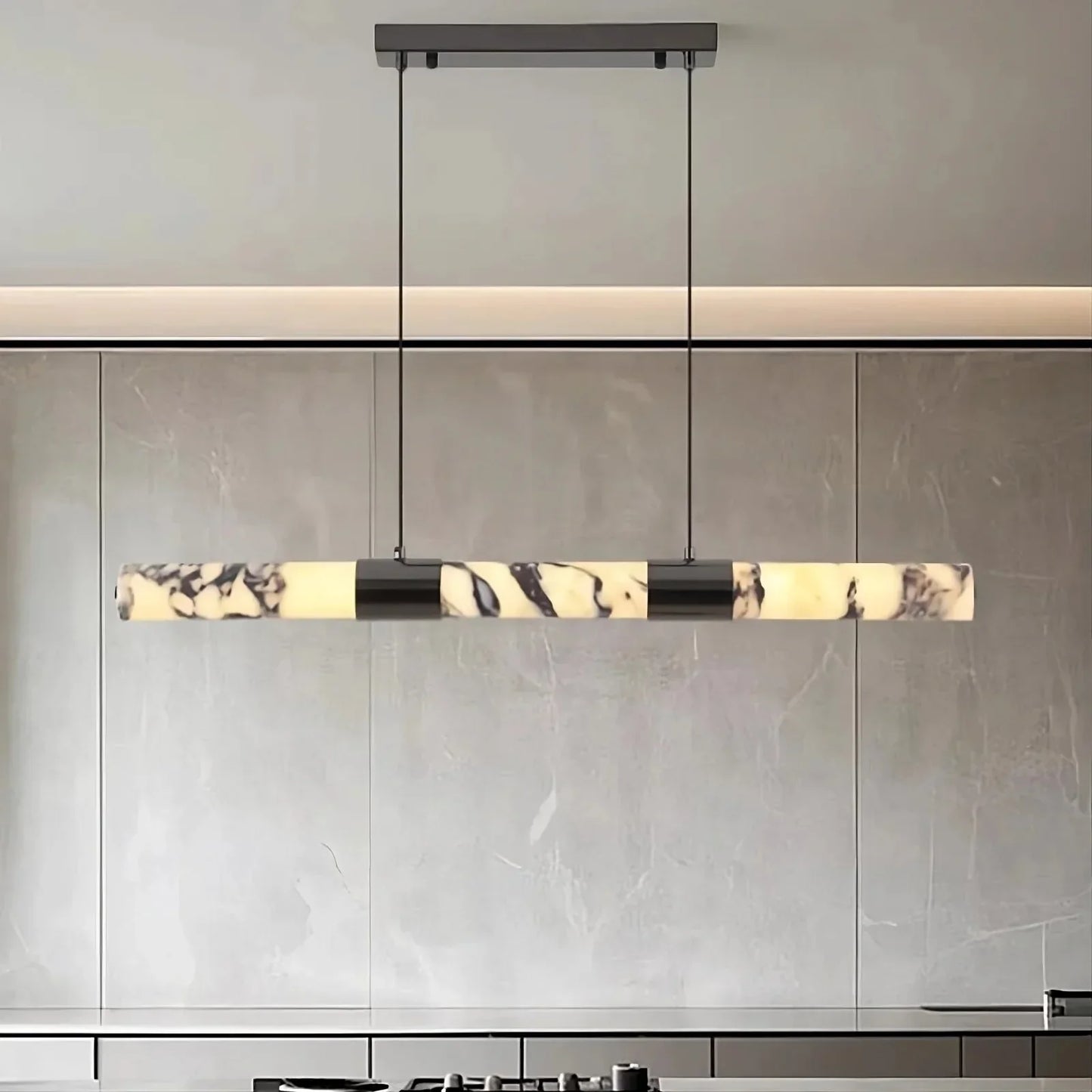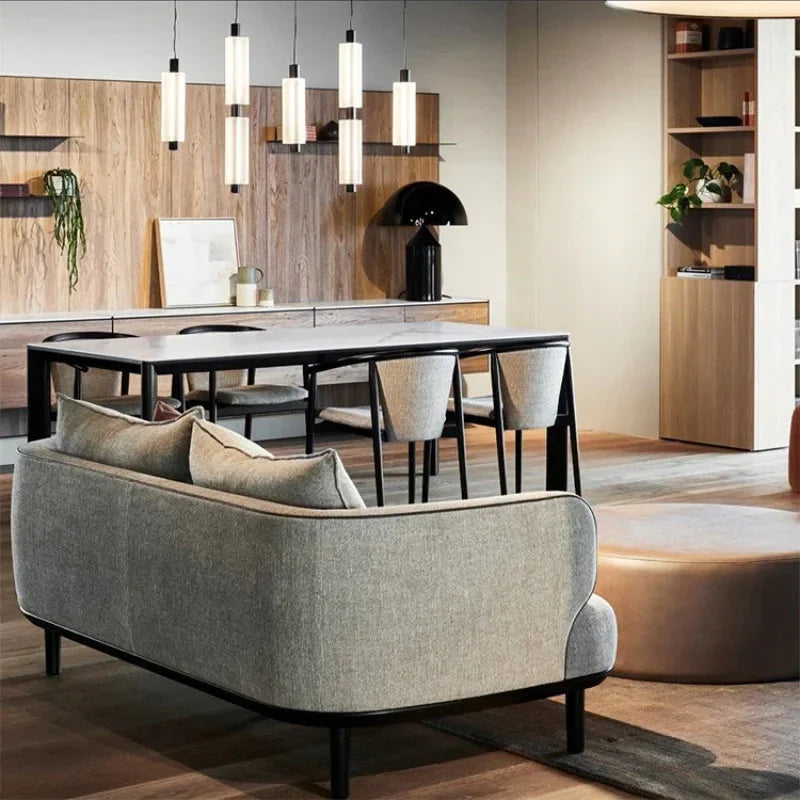
1. What is light temperature?
Whenever you turn on a light, you're actually controlling the light temperature. The type of lightbulb you choose will determine the temperature of light that's emitted. There are three categories of lightbulbs: Warm, Cool, and Daylight. Warm bulbs emit a softer, yellow-toned light, while cool bulbs emit a brighter, bluer light. Daylight bulbs are the most natural, resembling sunlight the most. Different light temperatures can have varying effects on your mood. For example, cool light is energizing and can help you focus, while warm light is more relaxing and calming.
2. How does light temperature affect your mood?
There's a reason why office spaces have different light temperatures. Dim, warmer light creates a cozy, relaxed feeling, while bright, colder light is more invigorating and stimulating. It turns out that the mood you want to create can be enhanced simply by adjusting the light temperature. Here are five ways to use light to instantly boost your mood: 1. Create a cozy atmosphere with warm light. 2. Get energized with bright white light. 3. Soothe tired eyes with soft neutral light. 4. Refresh with cool blue light. 5. tempoerate your environment for better sleep
3. The benefits of different light temperatures
Blue light is often associated with the colder temperatures, while yellow light is seen as warmer. That's because the blue light spectrum has shorter wavelengths and is more stimulating, while the yellow light spectrum has longer wavelengths and is more calming. Here are a few ways you can use different light temperatures to your advantage: 1. If you're feeling sluggish or down, try using a warmer light temperature to help perk you up. 2. If you need to focus or get down to work, try using a cooler, bluer light to help you stay alert. 3. If you're struggling with insomnia, try using a warmer light at night to help you relax and fall asleep faster. 4. If you're feeling agitated or stressed out, try using a cooler light to help soothe and calm you down. 5. If you want to feel more energetic, try using a cooler light during the day time to help energize you.
4. How to change your light temperature to improve your mood
A great way to change your mood instantly is to adjust the light temperature. This is because the color of light has a direct impact on our emotions. Blue light, for example, has a calming effect and is great for reducing anxiety. Amber light, on the other hand, is energizing and can help increase productivity. If you're looking to relax, try switching to a warmer light temperature. To get energized, try a cooler light temperature. It's an easy way to take charge of your mood and create the right atmosphere for any occasion.
5. Tips for using light temperature to improve your mood
Have you ever noticed how a warm light can instantly make you feel cozy and comfortable? On the other hand, a cool light can give you a refreshing, energizing feeling? That's because different light temperatures can affect your mood in different ways. Here are some tips for using light temperature to improve your mood: • Warm light is great for creating a cozy, relaxing ambiance. It's perfect for winding down after a long day or for use in the evening. • Cool light is perfect for energizing and refreshing your mood. It's great for use in the morning or during the daytime. • Daylight balanced light is perfect for general use. It offers the best of both worlds with a warm and cool light combined.
Conclusion:
You don't need to wait for the winter blues to hit to start using light temperature to your advantage. Whether you're feeling down because the weather is depressing or you're struggling with Seasonal Affective Disorder, using the right light temperature can make a huge difference. Just a few tweaks to your environment can mean more happiness and less stress. So get ready to feel better by picking the perfect light temperature for your mood!




